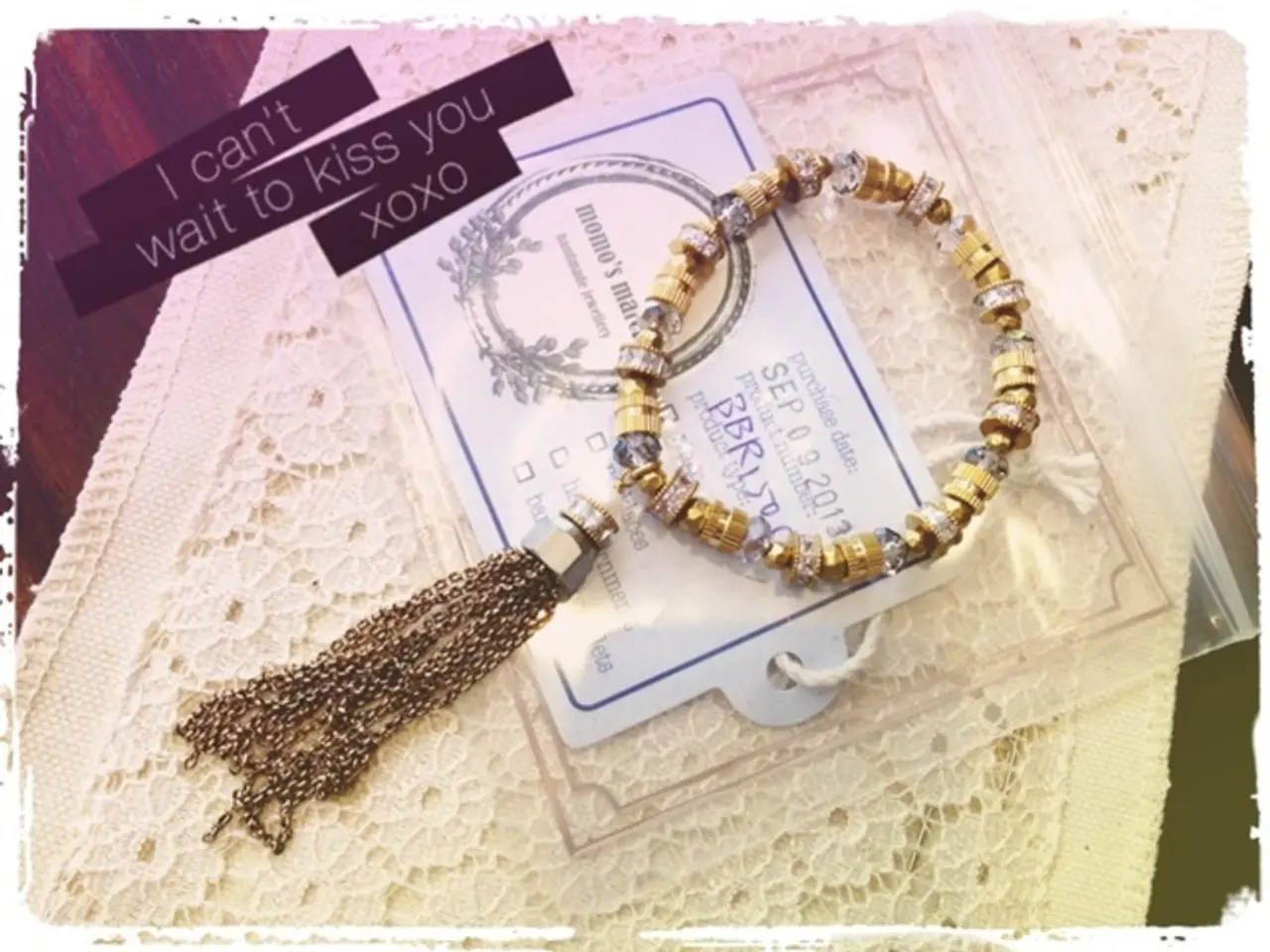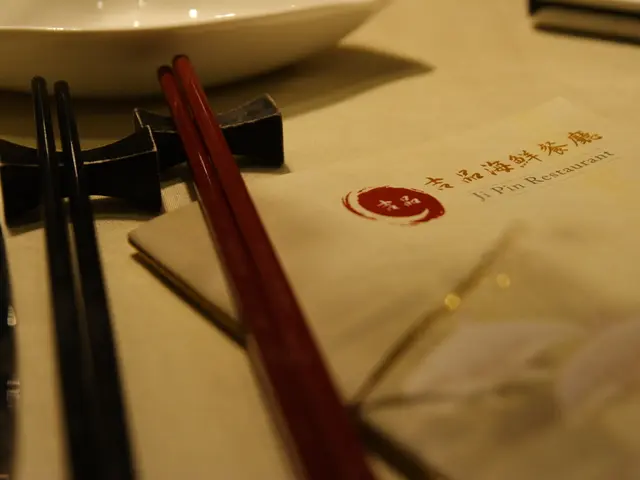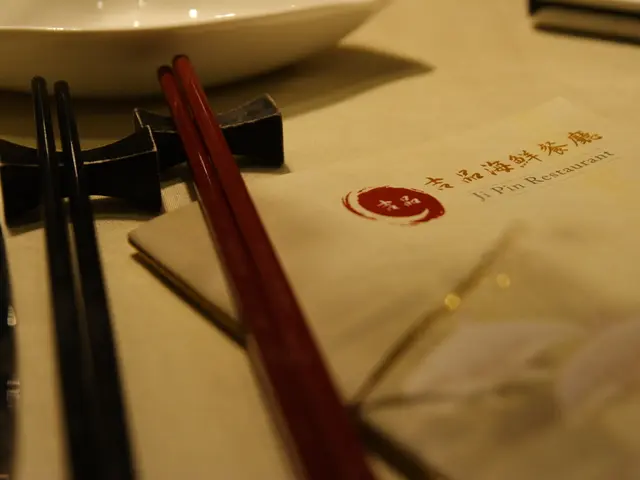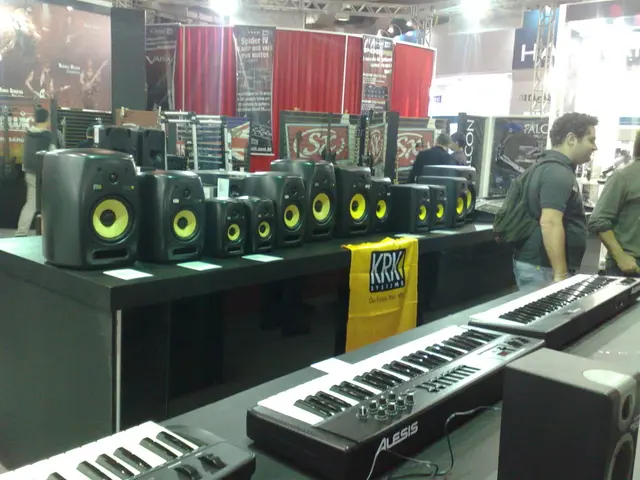The reason behind the green color of casino card tables.
In the vibrant world of casinos, the colour green plays a significant role, serving both a practical and psychological purpose.
The majority of card tables in casinos are coloured green, a choice that dates back to the early days of gambling. This hue, gently on the eyes and providing excellent contrast to the red, black, and white colours of playing cards and chips, enhances visual clarity during the game. But the use of green extends beyond mere visual aesthetics.
Green is associated with money, wealth, trustworthiness, and a soothing effect, all of which align with the psychology of gambling. By promoting a calm yet hopeful mood, green can encourage players to feel comfortable and confident, helping to keep them engaged in the casino environment.
This psychological manipulation is intentional, as casinos are meticulously designed to create an atmosphere conducive to gambling. The absence of windows, clocks, and natural daylight, for instance, is deliberate, designed to disorient players and blur the passage of time.
The use of green in casinos is also meant to make players feel less intimidated. The traditional casino card table colour remains green, and a non-green table does not feel the same. This consistency provides a sense of familiarity and comfort, which can be crucial in a high-stakes environment.
The material used for these green card tables, known as baize, was originally used for snooker tables. Its purpose was to slow down balls and aid tactical play, a trait that also proves beneficial in a game of poker or blackjack. Baize was also used for poker tables and other card games to help the dealer slide cards across the table smoothly.
Interestingly, the colour green in casinos has its roots in illegal gambling. Baize was chosen because it allowed players to write on the table in chalk during such games, making it easy to wipe off evidence if law enforcement intervened.
In Western culture, green is often associated with wealth and prosperity, a connection that is further emphasised by the fact that bank notes are green. This association reinforces the psychological effect of green in casinos, where the colour serves to subtly remind players of the potential financial rewards.
Modern casinos are increasingly using colours such as blue and red as colour schemes on card tables. While these colours may offer a fresh, contemporary look, the traditional green remains a staple, its psychological and practical benefits proving enduring in the ever-evolving casino landscape.
In summary, the colour green in casinos serves a dual purpose. It enhances visual clarity, making game elements stand out, and it promotes a calm and hopeful mood, making players feel comfortable and confident. These factors, combined with the deliberate design of casinos to maximise revenue, make green an essential element in the casino environment.
In the casino-culture, the color green is significant, not only providing enhanced visual clarity during casino-games but also psychologically alluding to money, wealth, and a soothing effect, thereby encouraging players to feel comfortable and confident, contributing to their continued engagement in the casino-and-gambling environment. This traditional color, used for casino tables, also helps reduce intimidation due to its familiarity, even as modern casinos incorporate new colors like blue and red into their designs.





